HOW TO DO A GENTLE BUT EFFECTIVE REORGANIZATION / REORG / RESTRUCTURE.
Rule #1: DON’T CALL IT A REORG!
White Paper By Walt Brown – Structure Expert – Veteran of over 200 Corportate Reorganizations – Author of Death of the Org Chart.
Four Rules:
1. Do not call it a reorg or restructure.
2. Make it granular, get to the root = Roles.
3. Make it for them not to them by including all players.
4. Don’t touch Job titles.
Do not call it a reorg or restructure.
Call it something else. For example – call it “Our Continuous Alignment Process.”
Let’s face it, the words Restructure or Reorg are scary terms for 90% of employees, the words signal loss of jobs, loss of status, loss of career path, loss of comfort, confusion, pain!
Reality. Now more than ever a company’s organization must be constantly restructured and reorganized to meet the complex demands of modern markets and the demands of modern workers who want to see clearly where they fit in and what they are accountable and responsible for.
Restructuring and reorganizing needs to become part of the way we constantly operate, you could think of it as being an Agile organization, but, what does “Agile” really mean to the same 90% of fearful workers we mention above? How do we constantly adjust, align, and get organized to meet the day, the week, month, quarter, year, the future?
For this paper we might call the reorg our “let’s get organized operating solution” or our “CAP” – Continuous Alignment Process, whatever you call it you need to name it, keep it consistent and own it. It needs to describe the why and the how.
For our CAP to work, two things need to be going on, 1st, the effort must be granular to avoid and eliminate doubt. And 2nd, the effort must include the individuals being impacted, done for them, not to them.
Make it granular, get to the root = Roles.
Granularity on two planes: Thinking and Doing. Typically, we need to exercise our CAP and get re-organized because we have confusion on one or two planes of organizational cognizance. On one plane, we have confusion about who is accountable for thinking, and on another plane we have confusion around who is actually responsible for doing the work.
When you start to think of Roles as “thinking or doing” i.e. “accountable or responsible” then clarity and cognizance come into focus and confusion disappears.
Granularity: Jobs v. Roles. All of our granular work revolves around Roles not Jobs. To make it gentle we don’t touch Jobs. In the CAP following the OCog™ model we focus on Roles and that will inform our Job decisions.
Word Clarity / Nomenclature: We use the words Roles and Positions as interchangeable terms, but prefer Roles because the word Role ties directly to the BPMN 2.0 International Standard. (BPMN Business Process Modeling and Notation) And BPMN is a fast follower to most reorg work.
If you are an athlete you will understand the word Position v. Job this way. Your Job is Football Player on the team – you play the Positions of Offensive Center, Defensive Linebacker, Punter.
If you are into theater you will understand the word Role v. Job this way. Your Job is Actor as a member of the company, in the production you are in different scenes, you wear different costumes and play multiple parts i.e. Roles.
Both analogies hold true and the secret is getting to the root with a complete inventory of all of the Roles that actually exist in your company.
Make it for them not to them by including all players.
For them not to them: Having a clear, easy way for your people to participate in the CAP is paramount.
We teach three group facilitations to comb out and create your thinking and doing Role inventory.
Imagine an organization as a round, domed topped table (see diagram above) with people sitting around the table in their Seats/Jobs with clarity around their thinking and doing Roles. Now imagine oan issue / problem / opportunity as a ball bearing that lands on the table. What is the ball bearing going to do? It is going to roll of course. The goal of the CAP is to be sure the ball bearing does not slip through all of the Roles and hit the floor, it does not get hot-potatoed back and forth between Roles never getting addressed and it does not land in a Role that has no time capacity – where it ultimately getting lost in the blackhole of no time. The goal is for the ball bearing to roll efficiently into the Roles that need to be handling it with the time capacity to do so.
The above domed topped table exists on two planes – the Thinking/Accountability plane and the Doing/Responsibility plane. Both planes share the same three issues, cracks, hot potatoes and capacity. How we address these three areas is by clearly defining Roles.
Three Facilitations for Role Granularity
Granularity Phase One, Two Facilitations: Creating an inventory of your Thinking and Doing Roles. We typically start our clients with Doing, this leads to an awareness of how deep we need to go for Thinking roles.
Start here: For doing Roles, we like to go all the way out to the frontlines and gather groups of people together that understand what the others are doing. For these folks we run a facilitation called “Flower Power”. This is a fast paced exercise, and what comes out of Flower Power is a clear inventory of everything that is being done by a person in a Job/Seat in the form of Roles.
Follow with this if needed. For thinking Roles, we gather leadership and management teams together and run a facilitation we call “Cracking eggs, pulling teeth and making omelettes”. Yes it is a little painful and messy but it ends up being delicious. What comes out of this facilitation is a clear inventory of the thinking Roles that are required and then these Roles are horse traded to fit into the correct domain with the correct job that has the actual authority to think and make decisions. Now we are cognizant and people are clearly accountable for their thinking Roles.
These two facilitations are proven to deliver immediate buy-in from your folks, it is a key component to making our reorg gentle.
Armed with these two inventories of Roles we can start working on refining them and being sure they are being played by the right people who have the skills, the desire and the time to get it done.
[If you are interested in learning more, all of these facilitations are outlined in my book “Death of the Org Chart – Rise of the Organizational Graph”, are taught virtually via video at https://organizationalcognizance.university and are coached by our cadre of Certified OCog Coaches.]
Granular Phase Two, One Facilitation. Once we have our initial Role inventory extracted, have taken time to name the Role accurately, have written Purpose Statements and we have slept on the work, we gather the same teams together and have them complete the facilitated “Roles to 14 Point Matrix Exercise”. In this exercise we create a matrix where the Roles are listed across the top and the 14 Points are listed down the side. As a group we create and debate the answers that go into each intersecting field. This creates extreme levels of cognizance and is where the real reorganization / restructure happens as we tie Roles to everything else in the company.
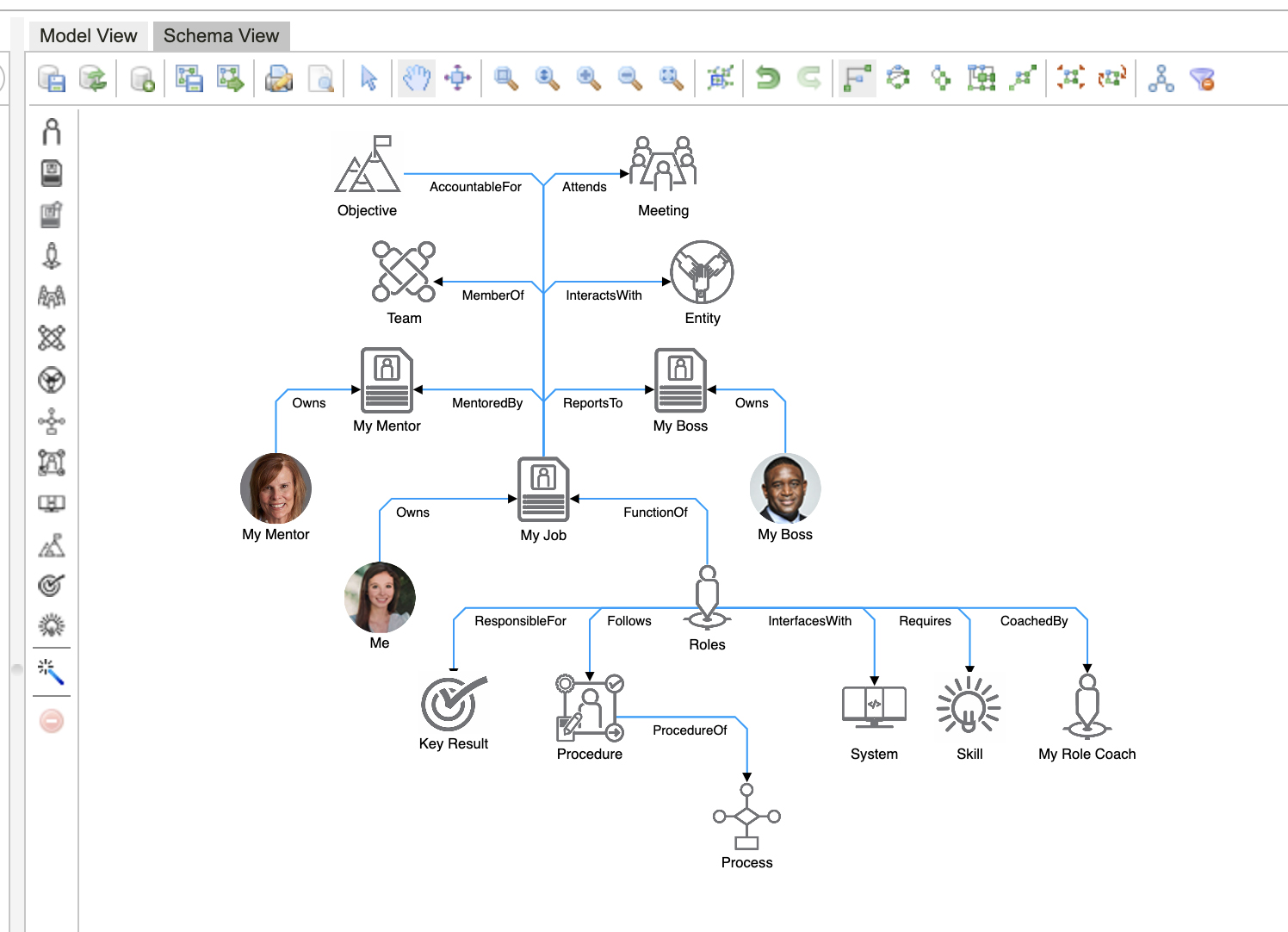
The reality is this, to become organizationally cognizant, to create an aligned Agile organization our people need to be able to always answer these 14 Points about their Job, this is the reality of modern day organizational complexity, it is why you need to reorganize all of the time.
The 14 Point Checklist
Our people want to know:
the 14 Point Checklist™
Every employee wants to know the answers to these 14 things.
-
- What is the Purpose of my Job?
- What Roles do I fill as part of my Job? What is the Purpose of each Role?
- Who do I report to?
- Who is my Mentor?
- Who do I turn to for Coaching in each of my Roles?
- What Teams am I part of?
- What Meetings will I attend?
- What Entities (clients, projects, contracts, etc.) will I interact with?
- What Core Processes do I participate in?
- What Procedures, Work Instructions, Policies will I follow and/or maintain?
- What Systems do I interface with and need to master?
- What are my Objectives?
- What are my Key Results?
- What Skills or Competencies do I need now and in the future?
Don’t Touch Job Titles
Don’t touch Job titles. This is easy when you have completed the CAP work above. We recommend moving Roles between Jobs without renaming Jobs or hitting the reporting structure. Detach and reattach. You will find that your teams do this naturally during the Roles to 14 Point Matrix Exercise. For your nervous nellies, just say: “We are trying for Role cognizance right now, we will address Jobs later.”
“But Walt? I’m not sure I have the right leaders and managers in the right Jobs.” Don’t worry, just do the work above and this part will be simple and easy. Well, maybe not easy because it will clearly reveal some “crucial conversations” that need to be had. This is one way we are making it gentle, 80% of the time people will see the light on thier own.
Next Steps
Next steps: I hope you have enjoyed the above and have an idea of your path to the future. My purpose, cause and passion is removing the yoke of organizational confusion and dysfunction from the necks of executives and employees. This has been my mission for the last 14 years working with over 300 reorganizations. From this work came the discoveries I have shared here, and have captured in my book, in my videos and taught to our coaches.
The model is called the Organizational Cognizance® Model: “OCog” for short, and the software you use to capture, visualize and share your OCog work is OGraph.io, the world’s first Organizational Graph.
By following the Proven Process, you can self execute or have a coach help. Either way the Process begins with a FREE phone call with Walt. He exists to help.
To learn the approach on your own you can visit https://organizationalcognizance.university
Again, feel free to reach out Walt
Walt@7Q7P.com
Setting context: I am not practicing on you. Restructures, Reorganizations and Recalibrations have been my focus, my world for the last 14 years with over 220 clients served and over 1,400 session days with teams teaching them how to do this gutsy work. Yes, that is two full day sessions with Sr. Leadership teams on average per week.
I wrote a book on the subject – Death of the Org Chart – Rise of the Organizational Graph, I developed a state-of-the-art Org Graph software solution to capture and visualize the work https://ograph.io and created an online training platform https://ogranizationalcognizance.university.
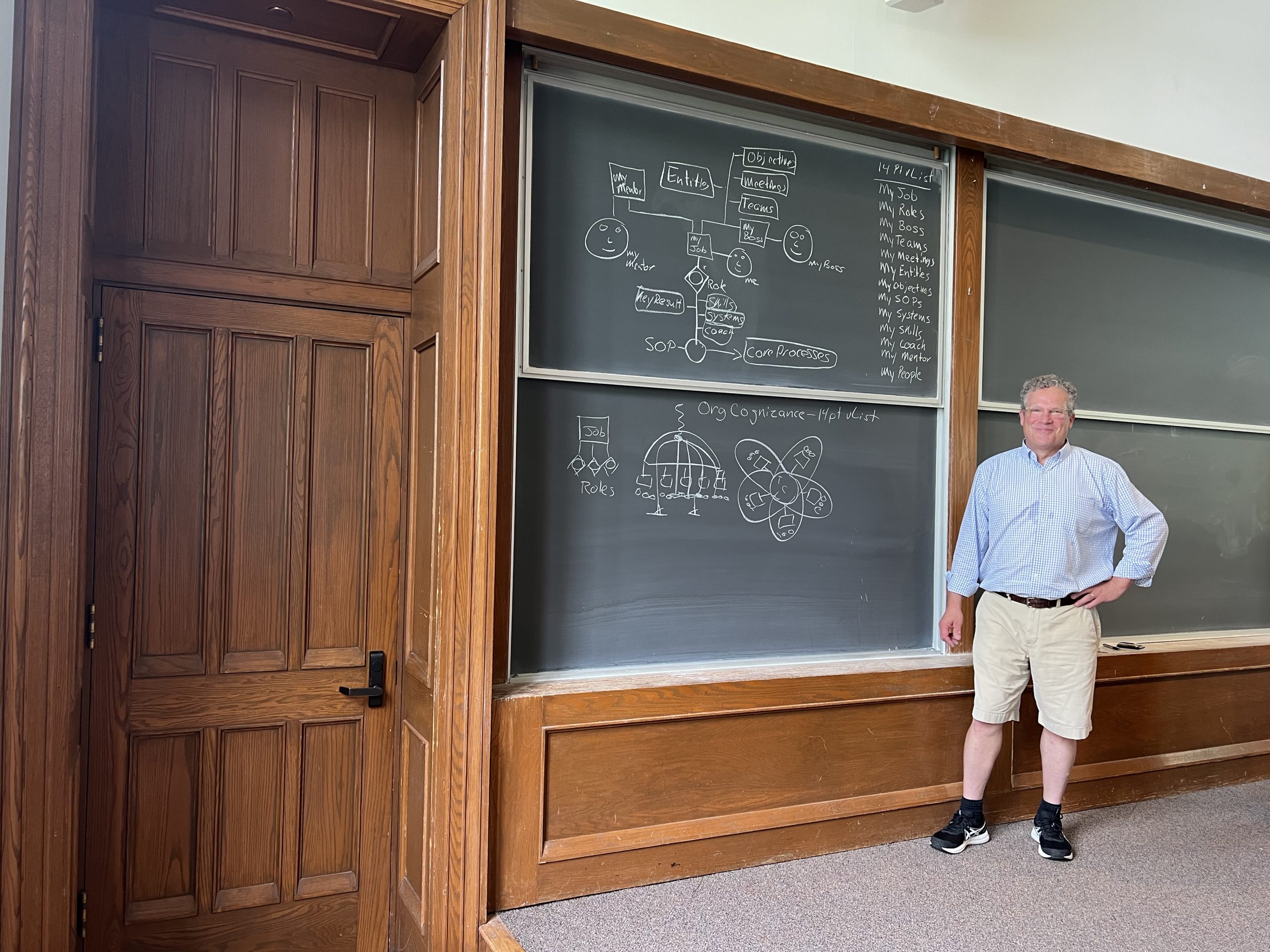
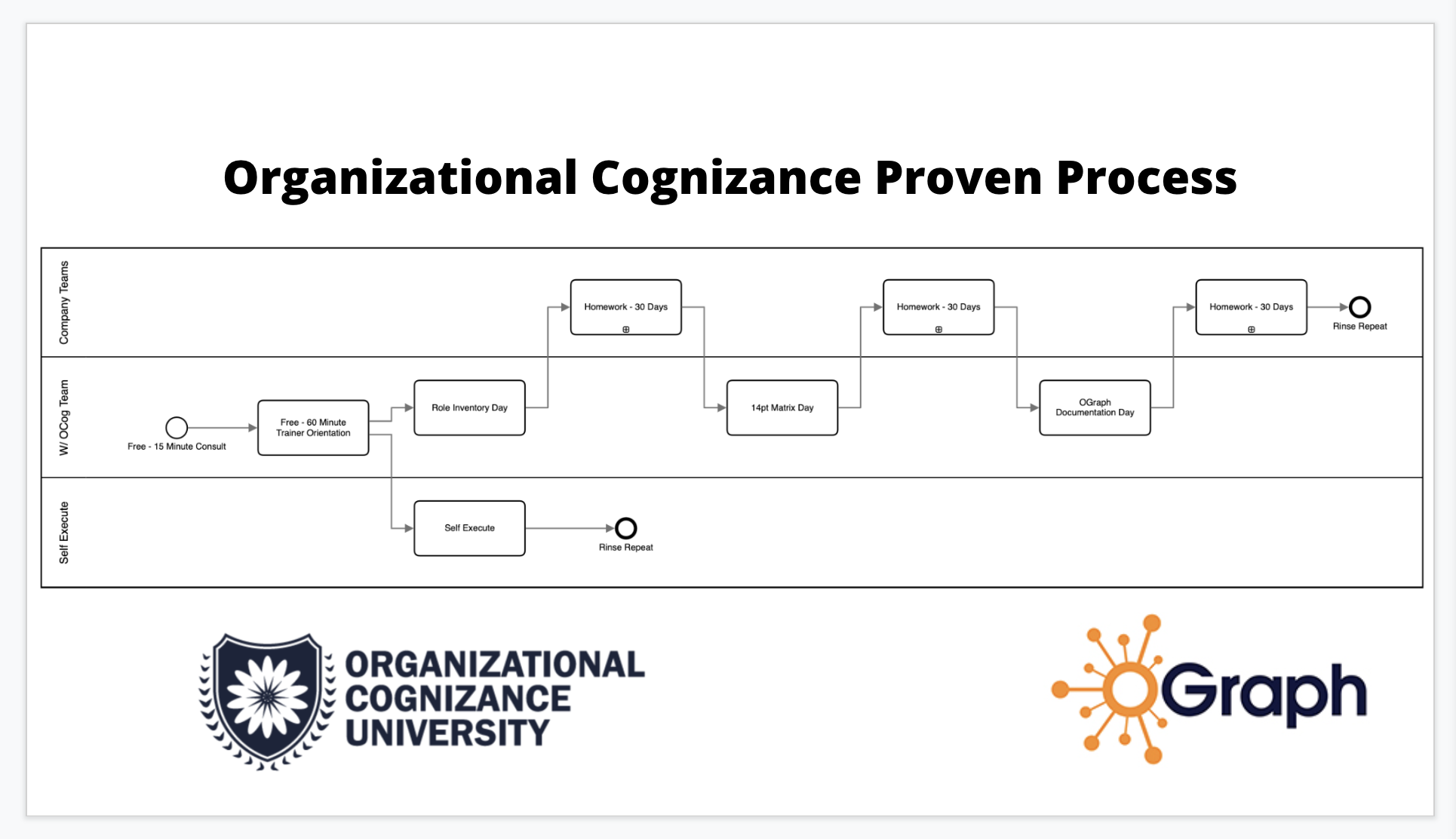
Above is the OCog Proven Process. An outline of the steps you can take. First two steps free.
Modern day organizations are more complex than your org chart or employee directory can handle. You need more, OCM is your cognizance framework to vanquish this complexity, OGraph automates your work.
Cognizance: When an individual can understand and embrace these 14 things about their job, they become organizationally aware. When they can visualize these 14 points with an Org Graph, they become organizationally cognizant.
“Awareness is when you smell smoke, cognizance is when you know the smoke you smell is the smoke from the cozy fireplace in the den vs an electrical fire in the wall.” Walt Brown, OCM Creator, OGraph founder

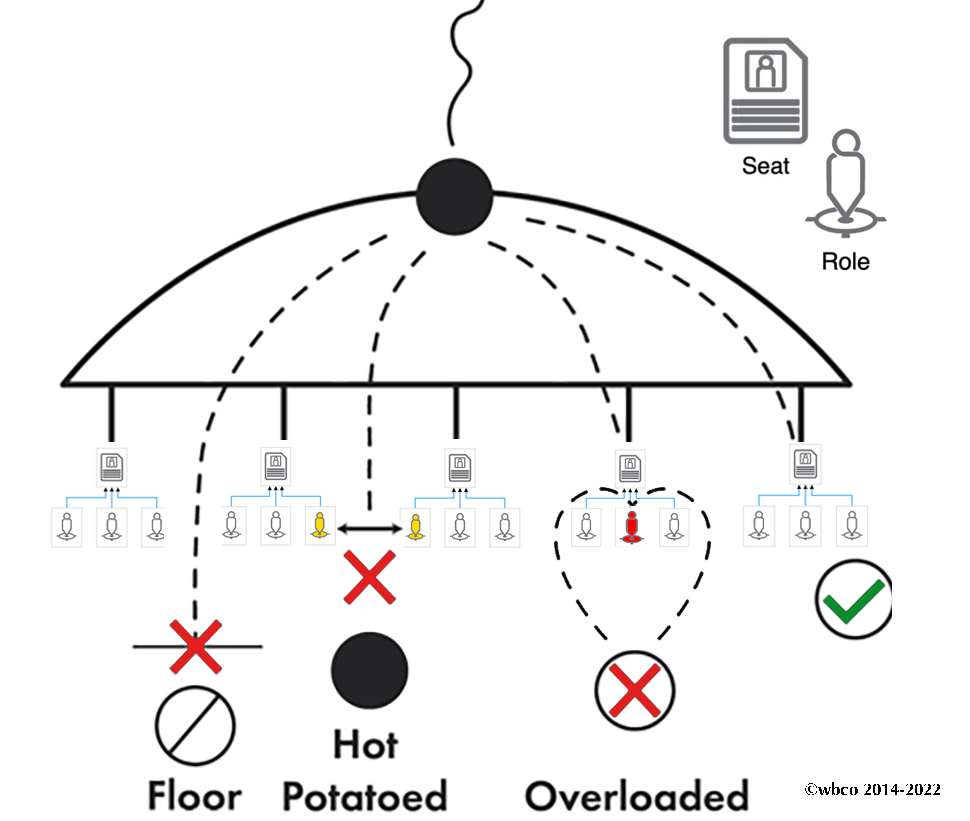
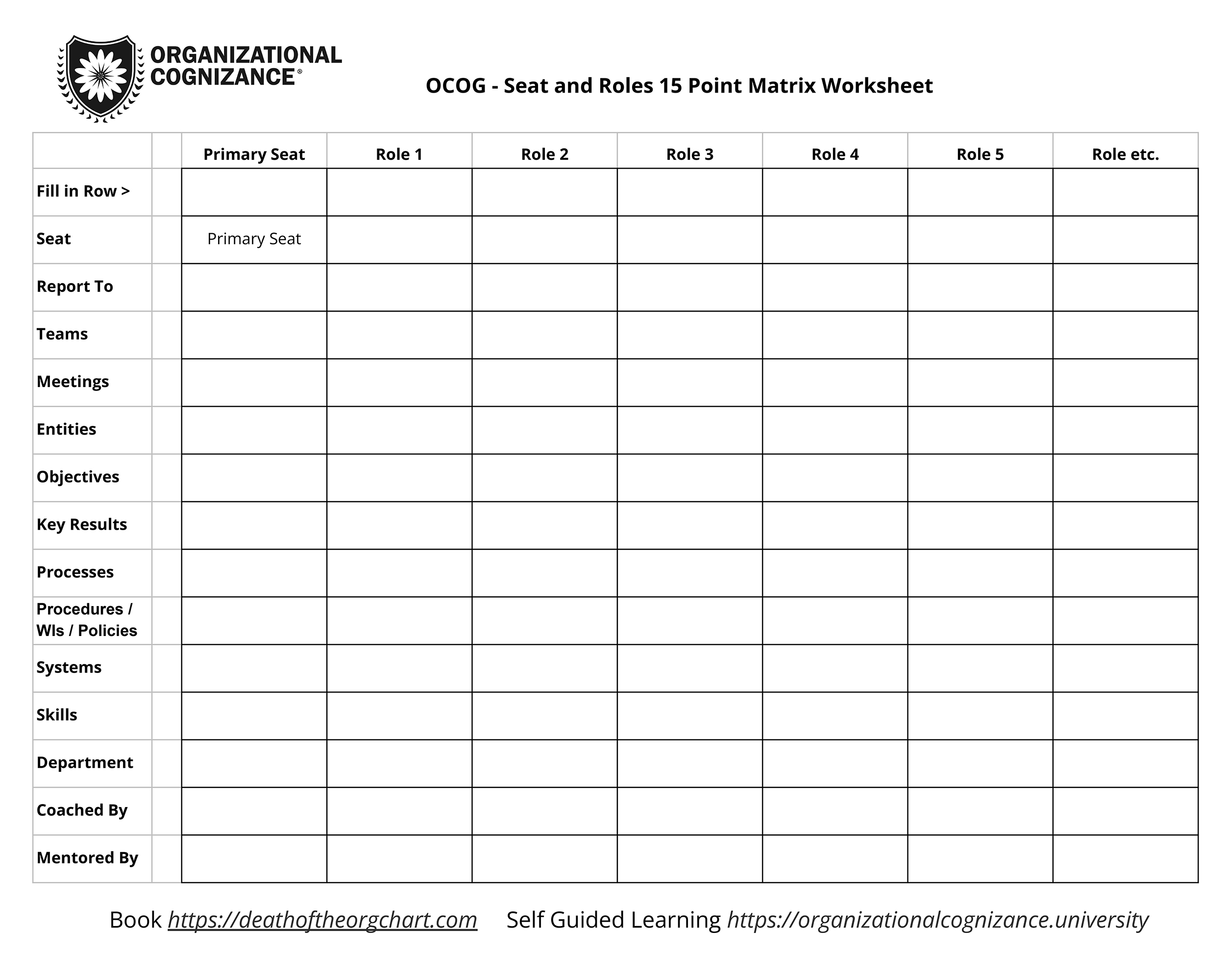
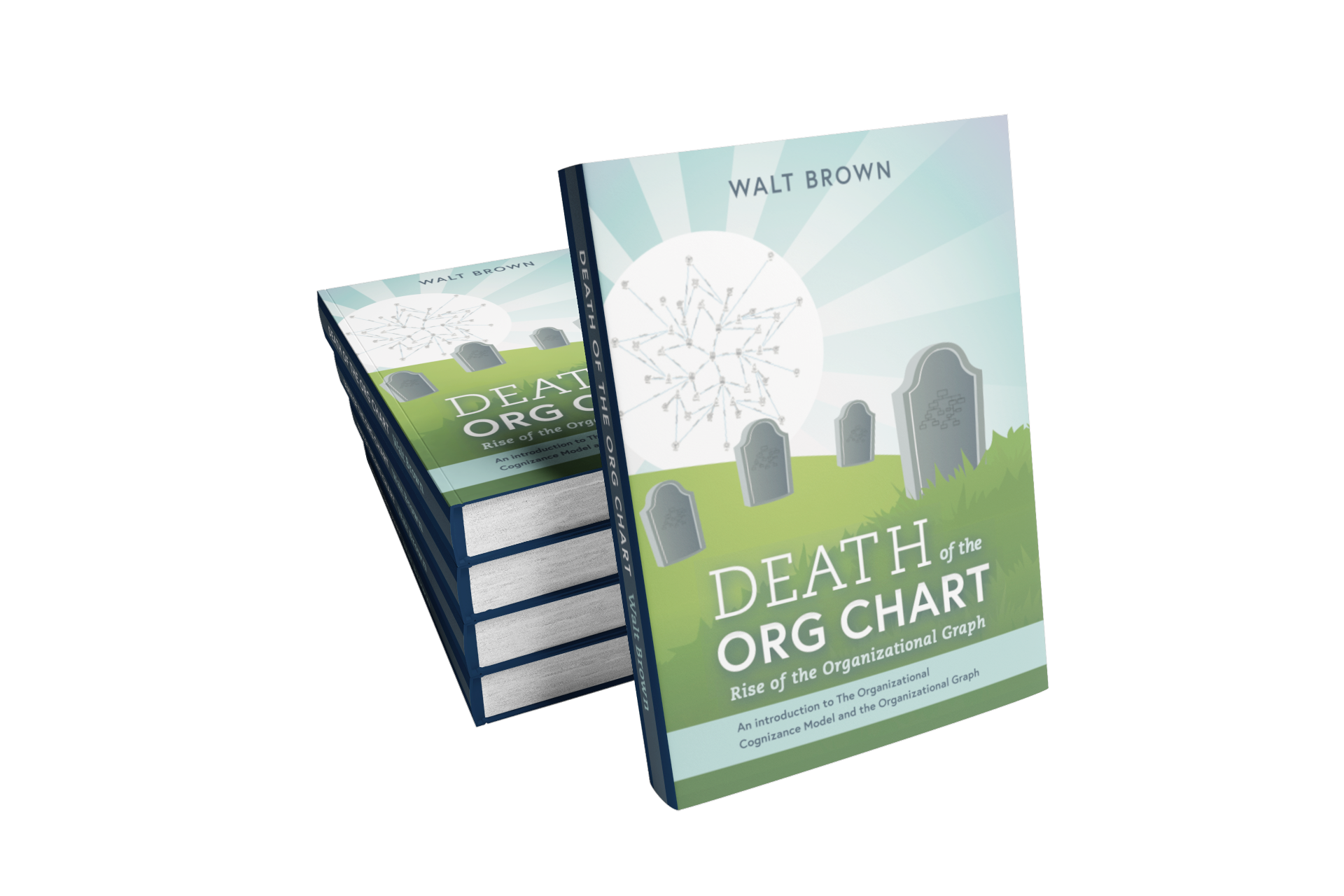
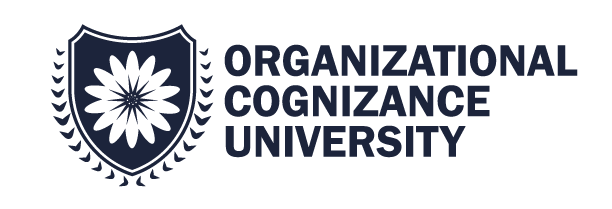
Recent Comments